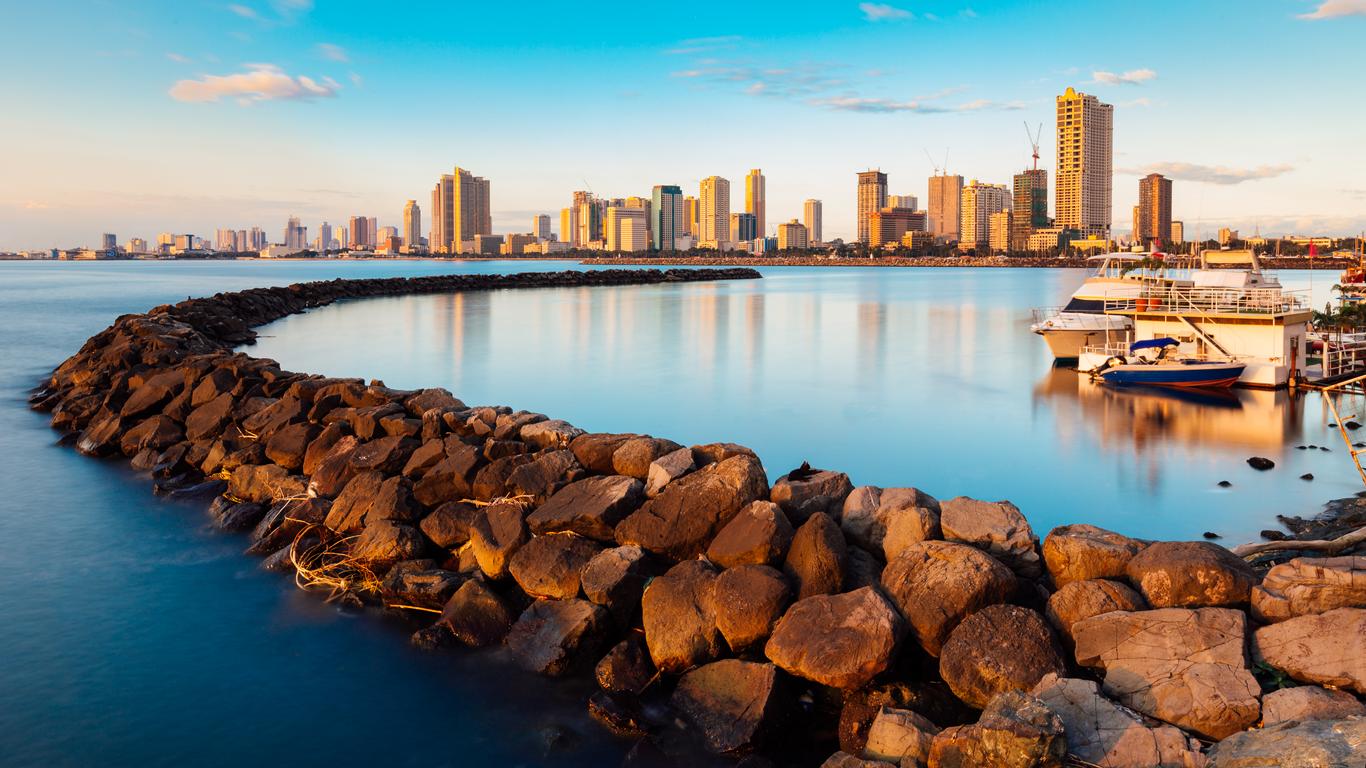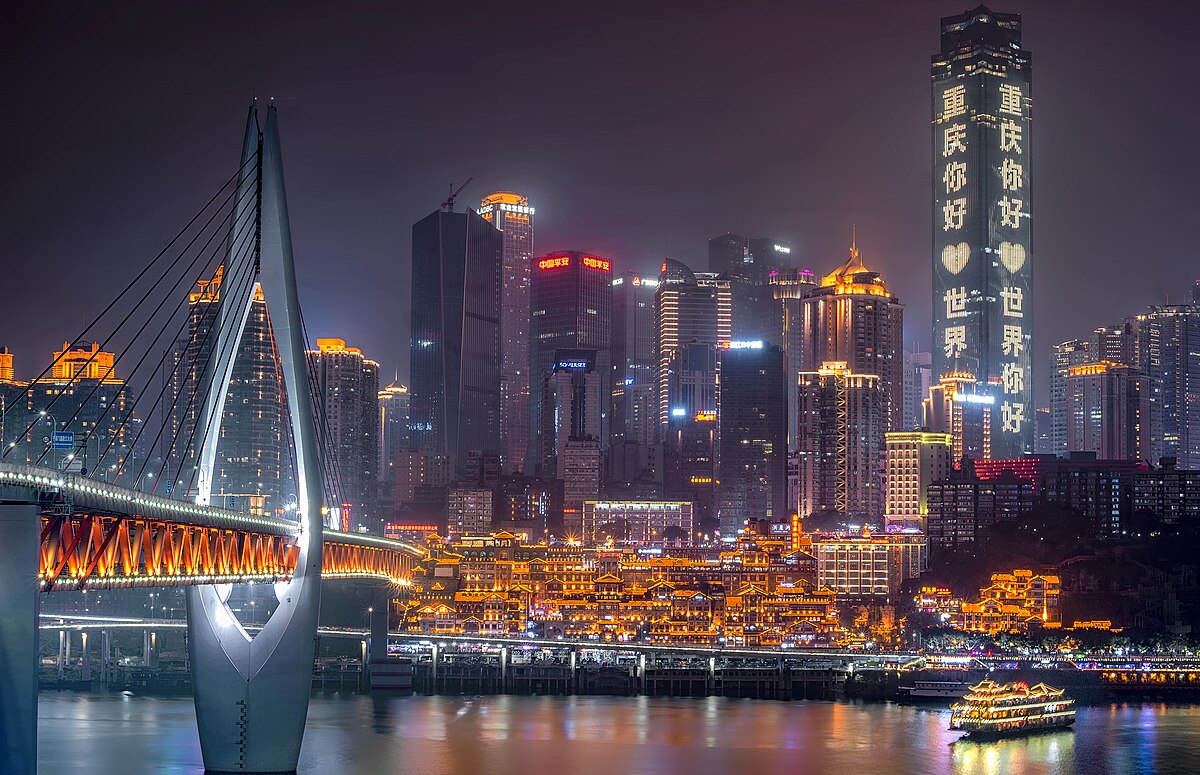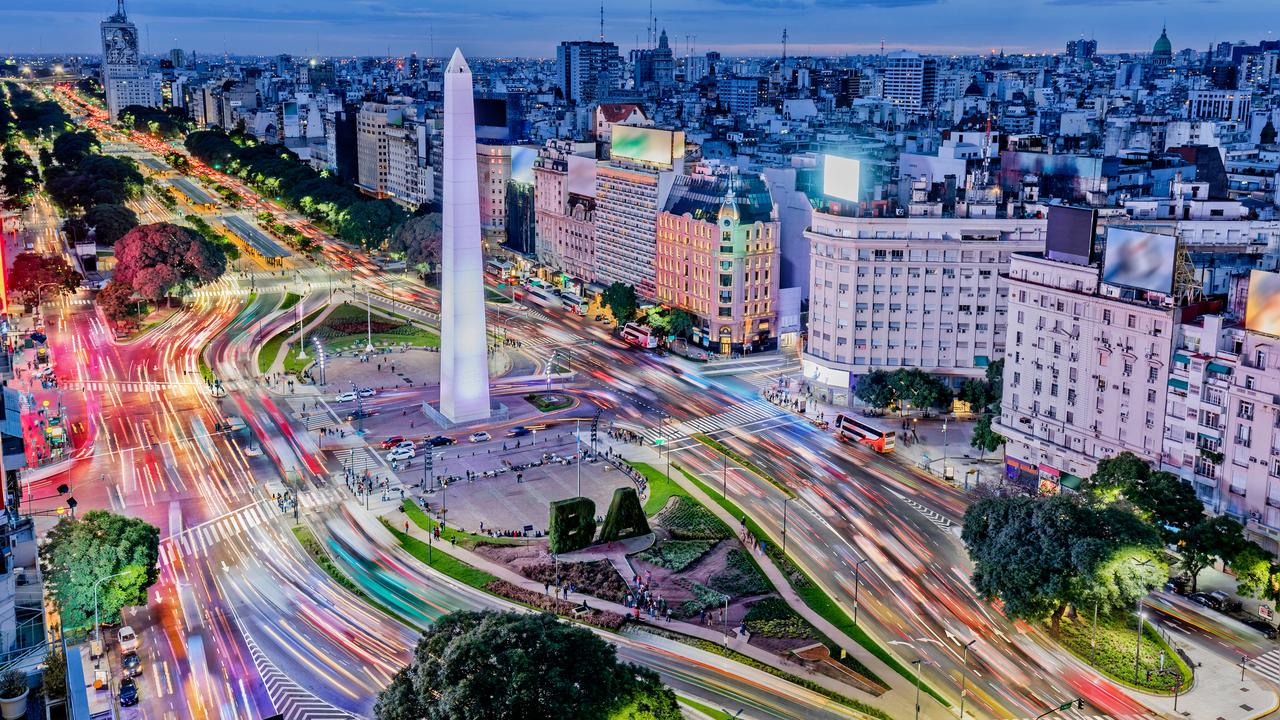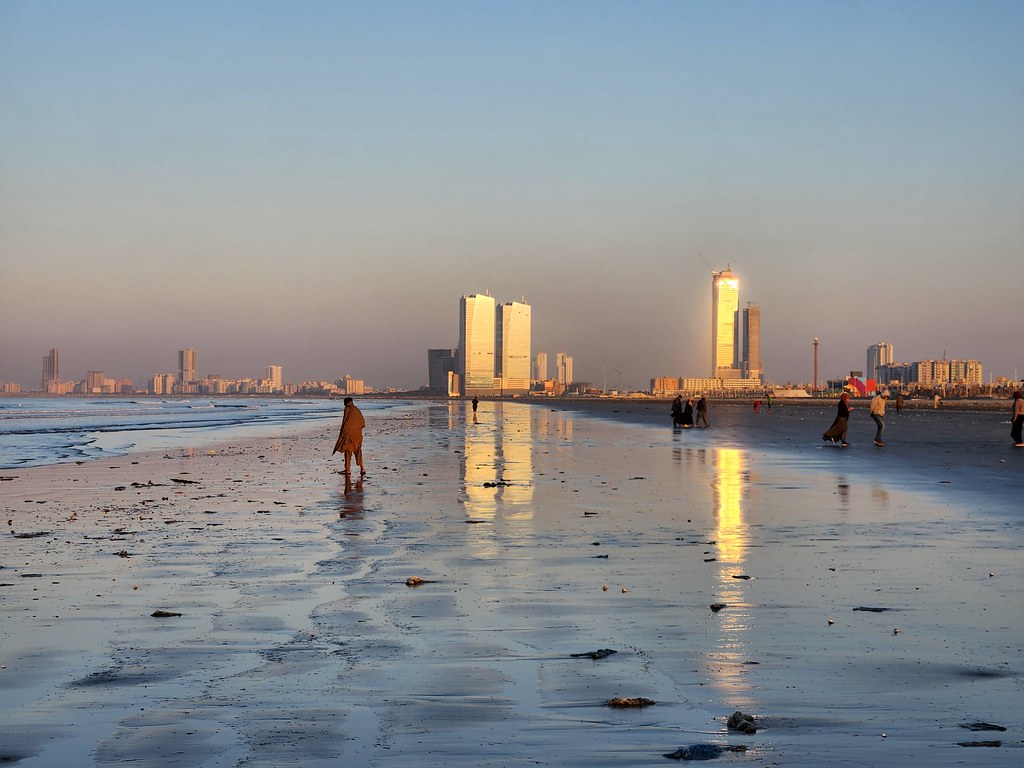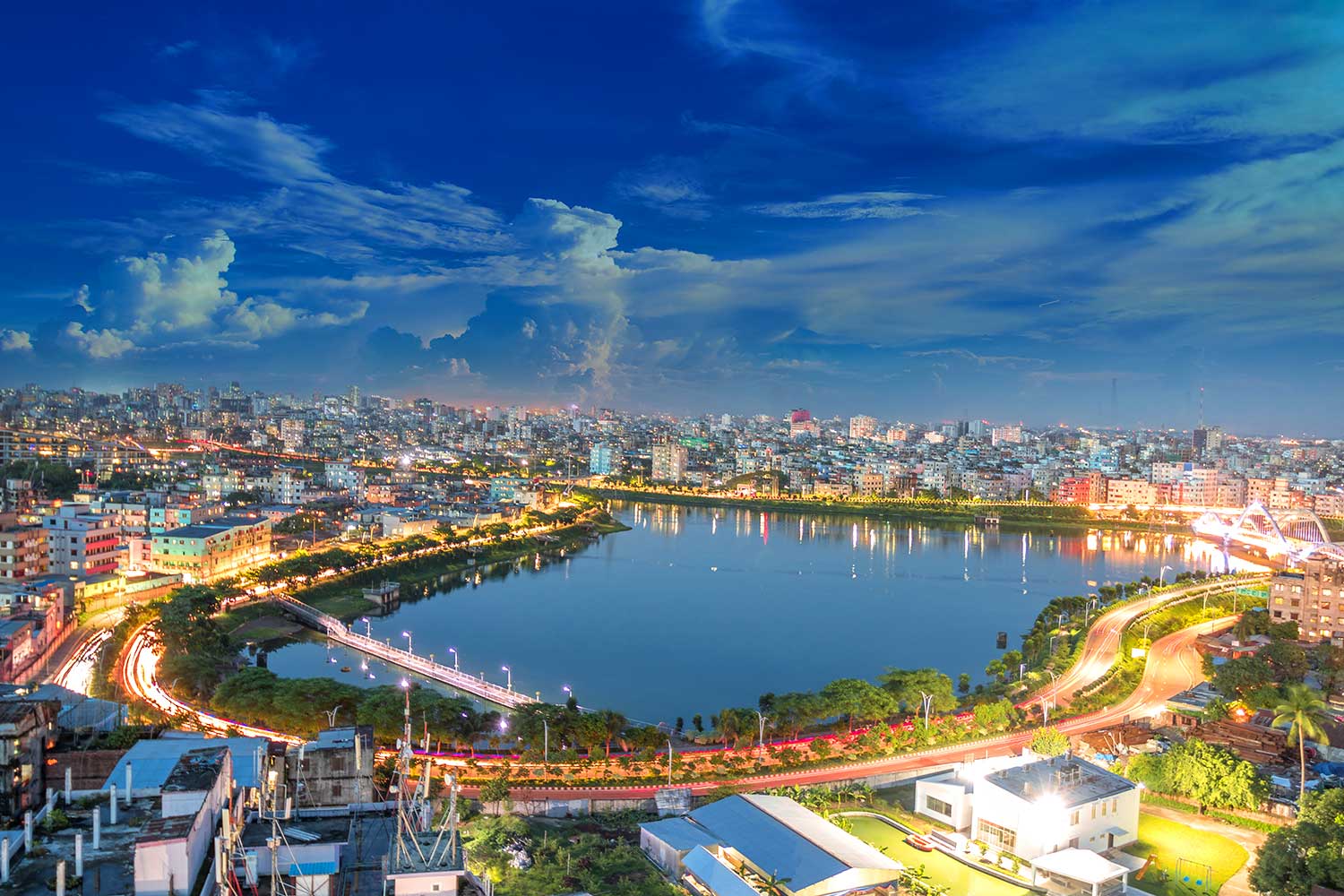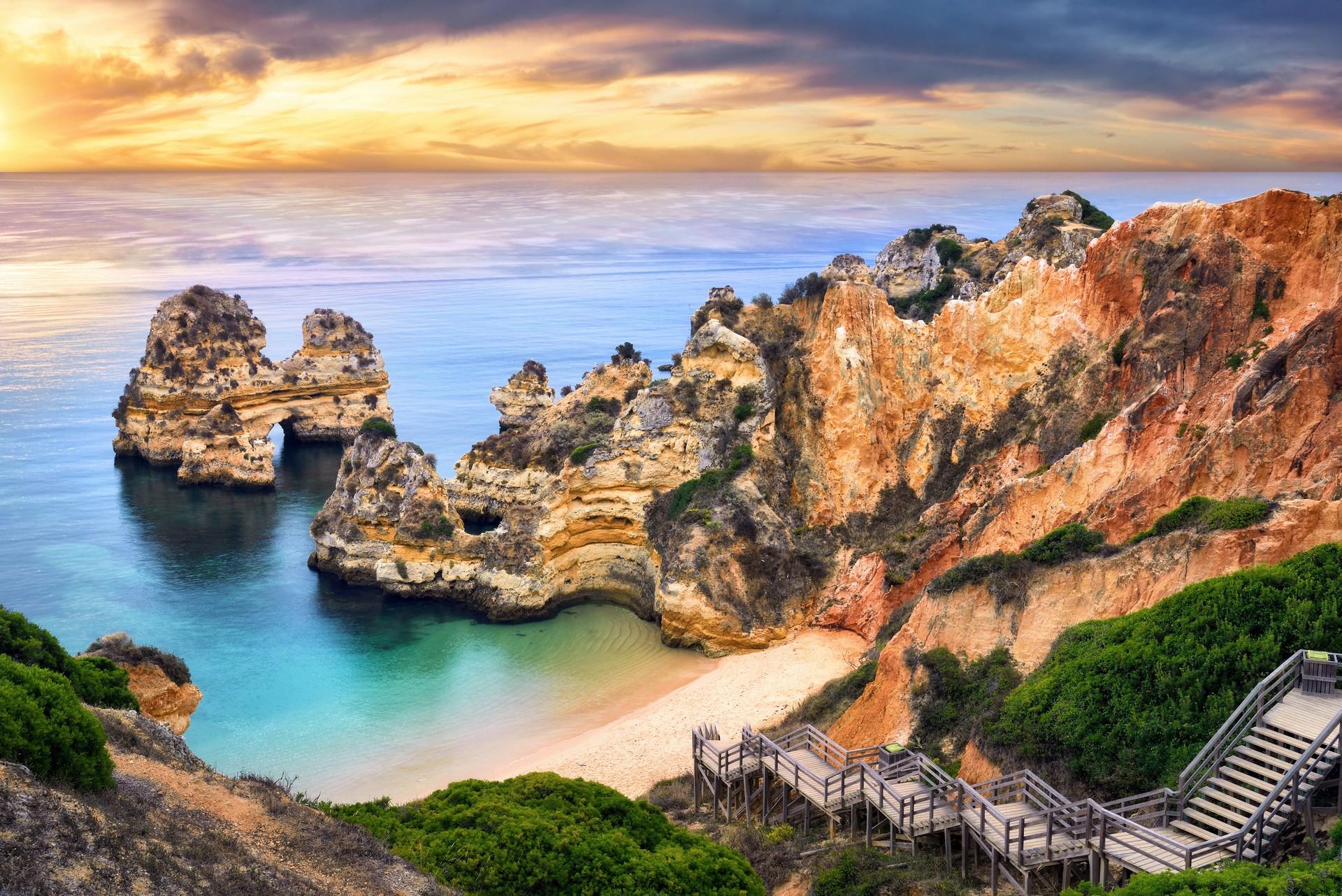
Lagos, situated in the Algarve region of southern Portugal, is renowned for its stunning Atlantic beaches, historical significance, and vibrant tourism industry. The city is a favorite among visitors for its scenic cliff-lined coastlines, such as Ponta da Piedade, noted for its crystal-clear waters and towering rock formations. Lagos has a rich maritime history, evident in its architecture and museums, such as the Forte da Ponta da Bandeira, which dates back to the 17th century. The old town is charming with its cobbled streets, quaint shops, and lively bars and restaurants. This city effortlessly blends its historical heritage with modern amenities, making it a popular destination for both relaxation and cultural exploration.
What’s the public’s verdict? Share your thoughts and discuss below!
